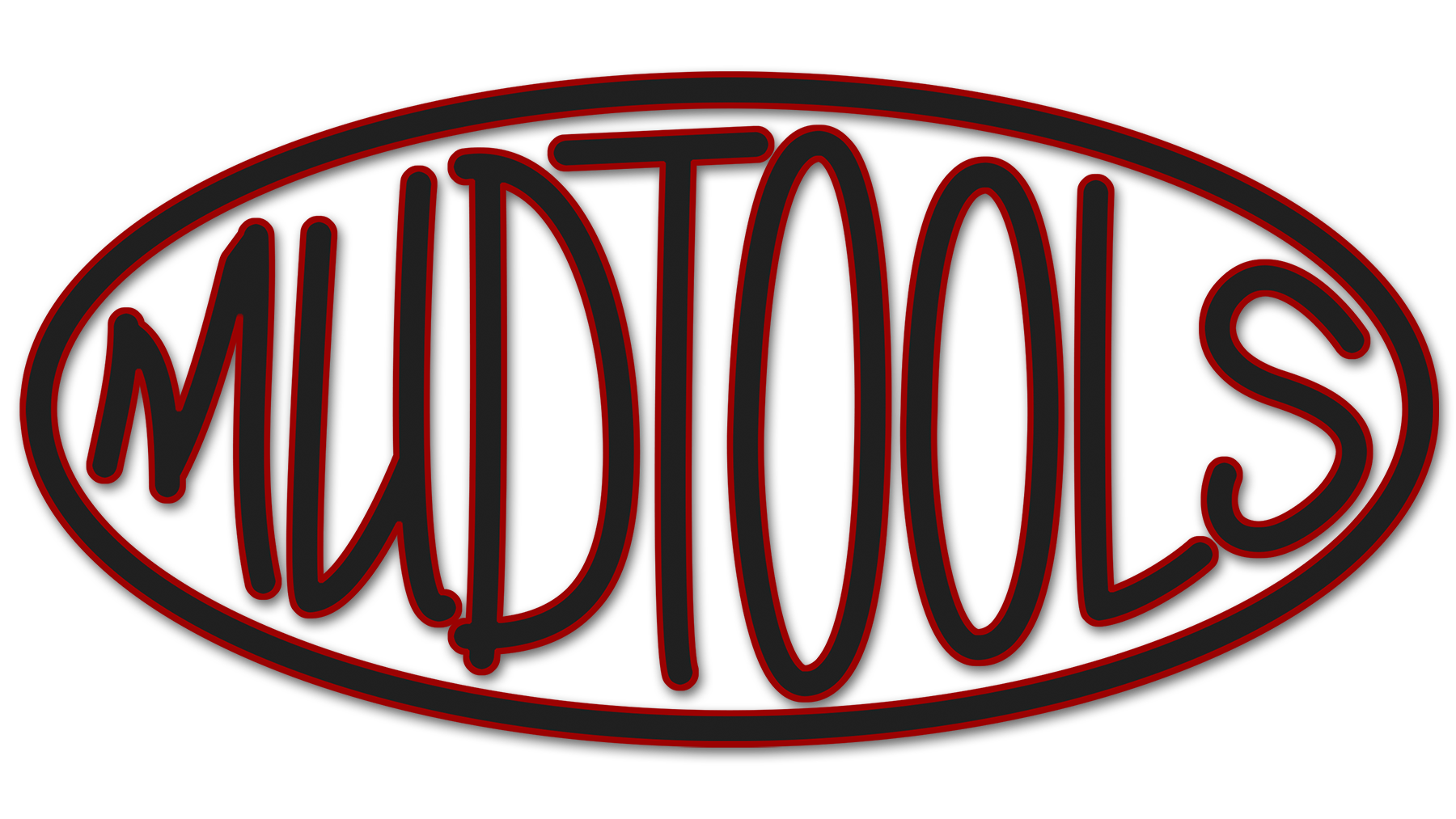August 30 at 8:00 AM
North Carolina ceramist Michael Sherrill set out to make if not a better teapot, at least a more distinctive one. The Renwick Gallery’s “Michael Sherrill Retrospective” demonstrates clearly that he succeeded. But it’s what he did next that makes this exhibition so memorable.
The show, organized by Charlotte’s Mint Museum, covers more than 40 years in the largely self-educated artist’s life. It includes 73 items, beginning with inventive but relatively conventional pieces made in the 1970s and culminating with recent mixed-media, nature-inspired creations in which form entirely dispenses with function.
Sherrill’s tea vessels are notable for their fanciful contours and shimmering glazes, which can simulate gray-silver metal or produce rainbows of graduated hues. As the artist continued to innovate, the pots got bigger and their parts more exaggerated. These agreeably cartoonish creations are far too large for conventional use, with enormous spouts that compete for attention with the object’s central part.
Some of the teapots and other items, among them oddly beautiful “oil cans” that exalt industrial design, evoke myth, literature and Sherrill’s own background. “Right and Left Brain” comprises two identically shaped vessels, one multicolored and the other black-and-white. The artist, who is dyslexic, has written a chapter of his autobiography in fired clay.
The ceramist has spent his adult life in the North Carolina mountains and now maintains a studio near the evocatively named town of Bat Cave. Over time, the surrounding landscape has figuratively infiltrated his studio. Much of Sherrill’s later work borrows motifs from the forest and expands into other materials. The show’s final gallery blooms with exquisite floral arrangements in porcelain, bronze and glass. Most of the inspirations are botanical, but in one 3-D tableaux coils a snake rendered in green glass.
Sherrill hasn’t entirely forgotten teapots. There’s a lovely, if not especially functional, 2005 one that emulates the soft shape of a folded elephant-ear plant leaf. But this potter’s journey has sent him far from the housewares department and deep into the woods.



